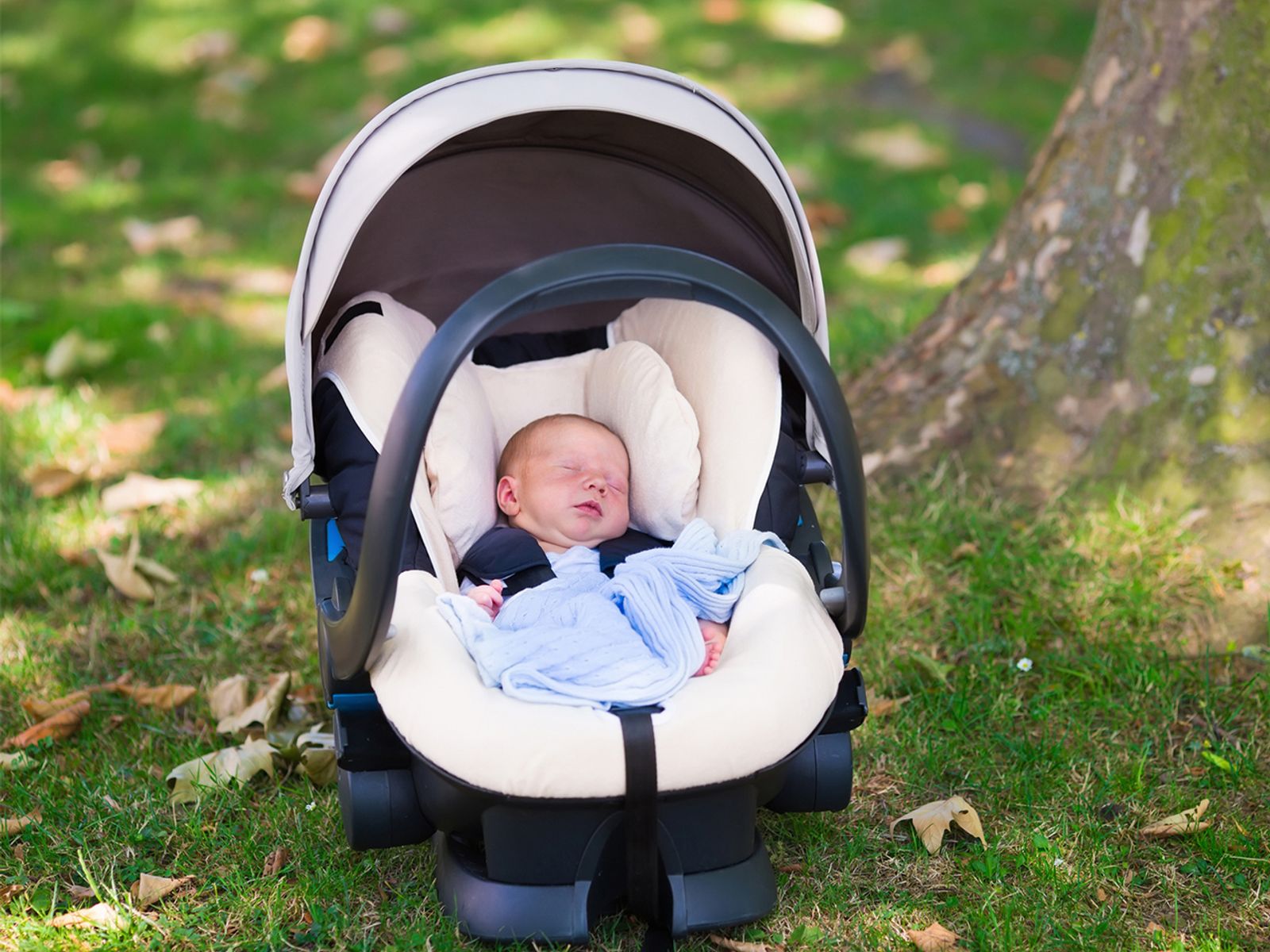Introduction: The Cradle Conundrum
The first months of a baby’s life are marked by a series of adjustments—newborns must adapt to the world outside the womb, and parents learn to navigate the uncharted waters of childcare. One of the most critical aspects of this period is establishing healthy sleep patterns, which can significantly impact both the baby’s development and the family’s overall well-being. Introducing the bassinet, a compact and cozy sleeping haven designed specifically for infants, seems like the perfect solution. However, many parents find themselves facing the “Bassinet Blues,” struggling to help their little ones adjust to this new sleeping arrangement. This comprehensive guide delves into understanding why some babies resist the bassinet, explores strategies to ease the transition, and offers insights on creating a nurturing sleep environment.

Understanding Bassinet Resistance: Unpacking the Why
Newborns have an innate preference for closeness and familiarity. After nine months nestled within their mother’s womb, the sudden change to an open bassinet can feel alienating. This preference for proximity is rooted in the Moro reflex, a natural survival instinct causing infants to startle and flail when they feel as though they’re falling. Additionally, babies who have become accustomed to co-sleeping or being held during naps may resist the independence a bassinet represents. Understanding these biological and emotional underpinnings is the first step in addressing bassinet resistance.
Creating a Sleep Sanctuary: Setting the Stage
To encourage a smooth transition to the bassinet, it’s essential to mimic the womb’s comforting environment. Start by ensuring the bassinet is placed in a quiet, dimly lit area of the bedroom, close enough for you to attend to your baby’s needs promptly but far enough to establish a separate sleeping space. Use white noise machines or soft lullabies to replicate the constant sounds the baby heard in utero. Temperature control is vital; dress your baby in light, breathable clothing and maintain a room temperature of around 68-72°F (20-22°C) to prevent overheating.

Soothing Techniques: Calming Cues for Slumber
Introduce a calming bedtime routine to signal the onset of sleep. This might include a warm bath, gentle massage, softly singing or reading a story, followed by swaddling. Swaddling replicates the snugness of the womb, providing a sense of security that can ease the baby’s transition into the bassinet. Experiment with different swaddling techniques until you find one that your baby responds to positively. Additionally, consider using a sleep sack that mimics the feeling of being held, which can be particularly helpful for babies who resist the bassinet due to separation anxiety.
Gradual Transition: Baby Steps to Independence
If your baby is used to co-sleeping, a sudden shift to the bassinet may prove too drastic. Instead, adopt a gradual approach. Begin by placing the bassinet next to your bed, allowing your baby to feel your presence without direct contact. Over time, gradually move the bassinet farther away from your bed, giving your child the chance to acclimate slowly. This method respects the baby’s need for familiarity while fostering independence.

Responsive Parenting: Attuning to Your Baby’s Needs
Responsive parenting plays a pivotal role in helping babies adjust to the bassinet. It’s natural for infants to wake frequently, seeking reassurance and comfort. Promptly responding to their cries signals safety and love, gradually building trust in their new sleeping arrangement. Avoid developing habits that might become sleep associations (like rocking or nursing to sleep), as these can make it difficult for babies to self-soothe back to sleep when they stir.
Adjusting to the bassinet is a process, and it requires patience from both parents and the baby. Remember that every infant is unique, with their own temperament and pace of adjustment. Some babies might take to the bassinet immediately, while others may need weeks or even months to feel comfortable. Stay consistent with your routines and strategies, but remain flexible to adapt to your baby’s changing needs. Celebrate small victories and don’t be too hard on yourself or your baby during this learning curve.

Addressing Common Concerns: Safety First
Safety is paramount when it comes to bassinets. Ensure the model you choose adheres to current safety standards, with a firm, flat mattress and no loose bedding or toys that could pose a suffocation risk. Regularly check for any loose parts or structural issues. Additionally, pay attention to your baby’s growth; as they develop the ability to push up on hands and knees, it’s time to transition to a crib to prevent falls.
Enhancing Sleep Quality: Creating the Ideal Sleep Environment
A soothing sleep environment can significantly contribute to your baby’s comfort and sleep quality in the bassinet. Keep the room at a comfortable temperature, typically between 68-72°F (20-22°C), and ensure proper ventilation. Use blackout curtains to block out light that might disturb your baby’s sleep cycle. Consider adding white noise machines or soft lullabies to create a calming auditory background, which can help mask household sounds and promote better sleep.

Daytime Naps and Nighttime Routines: Establishing Healthy Habits
Incorporating consistent daytime napping schedules can aid in regulating your baby’s circadian rhythms, making it easier for them to differentiate between day and night. Encourage naps in a slightly brighter room with some ambient noise to distinguish these sleeps from nighttime routines. At night, establish a calming pre-sleep ritual such as a warm bath, gentle massage, and reading a bedtime story. This routine cues your baby that it’s time to wind down and prepares them for sleep.
Bonding Moments: Capitalizing on Closeness
Using the bassinet as an opportunity for bonding can strengthen the parent-child connection. During feeds or when comforting your baby, take the chance to communicate through eye contact, soft touches, and soothing words. Skin-to-skin contact, where appropriate, can also be incredibly beneficial, releasing hormones that promote relaxation and bonding. These moments not only reassure your baby but also reinforce that the bassinet is a safe and loving space.
Monitoring and Understanding Sleep Patterns
Babies have unique sleep patterns that change as they grow. Newborns typically sleep in short bursts around the clock, waking often to feed. As they approach 3-4 months, longer stretches of sleep may start to emerge. Familiarize yourself with your baby’s individual cues and patterns. Using a sleep tracker or simple journal to log feeding times, naps, and overnight sleep can provide valuable insights, helping you identify patterns and adjust routines accordingly.
Conclusion: Beyond the Bassinet Blues
The journey to helping your baby adjust to sleeping in a bassinet may be filled with challenges, but the rewards are immense. Establishing healthy sleep habits early on paves the way for better long-term sleep quality, impacting cognitive development, emotional regulation, and overall health. Remember, every cry, every nap, and every night is a stepping stone in your baby’s growth journey. With love, patience, and a few strategic steps, the “Bassinet Blues” can transform into peaceful slumbers, benefiting both your baby and your family’s harmony.
